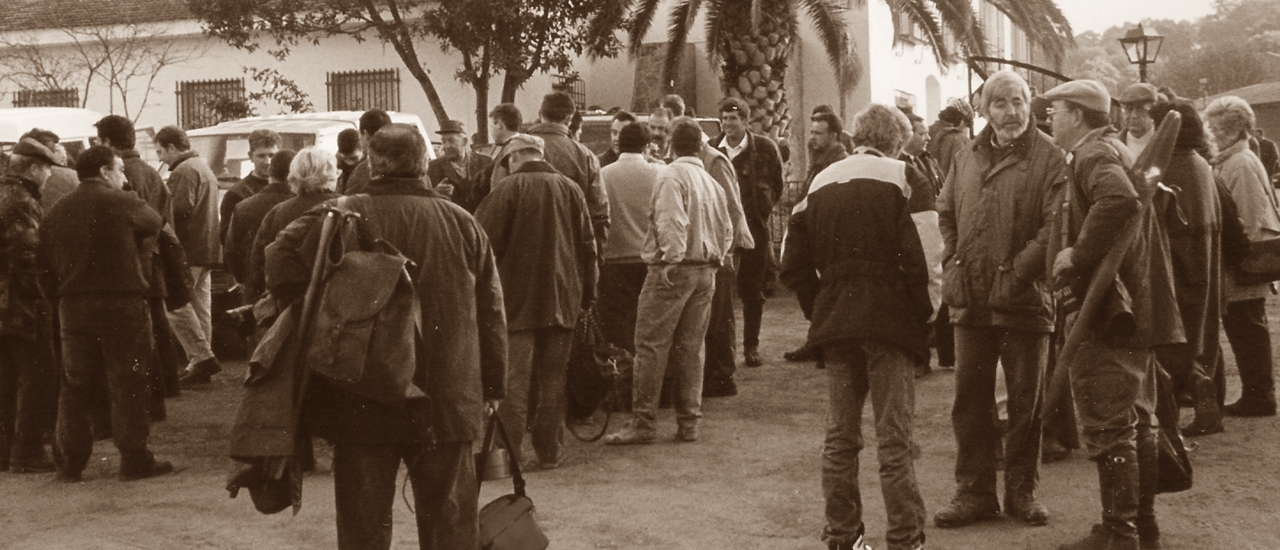
Foundation of "Los Claros".
The reserve was founded in 1971, and in its first season in 1972, hunter Ricardo Ayala López achieved the annual deer record here in Western Sierra Morena. The reserve continues to be managed in order to achieve ideal habitats for wild ungulates so that great trophies can develop. Iberian mouflon were introduced in the mid-80s, at the same time the reserve started to offer hunting as an option for visitors. Mainly roe deer and wild boar were hunted and to a lesser extent mouflon, as their population was still being established.
The top ten hunting preserves in Spain.
The best way to appreciate the true quality of the hunted species at "Los Claros" (just around 1.600 ha) over many years, compared with with National Hunting Reserves (tens of thousands of hectares) and large private Estates (several thousand hectares) is through the recognitions given by the National Board for Certification of Hunting Trophies, JNHTC. Their recognitions, have placed "Los Claros" among the TOP 10 hunting grounds in Spain on several occasions.
National Absolute Record in Spain for Iberian Mouflon.
In 1991, an Iberian mouflon rating 230.10 CIC points was declared National Absolute Record in Spain. This record is still held to this day.
Top 10 Iberian mouflon from the SCI Record Book.
Since 2013 we have started measuring Iberian mouflon trophies following the SCI Method. Nowadays, most of the TOP 10 SCI Records for Iberian mouflon hunting have been recorded at "Los Claros".
Also, brilliant Iberian red deer trophies have been taken at "Los Claros" too.
Rural development and conservation. Achievements and difficulties.
Currently, our work continues to reconcile environmental conservation by consuming the minimum financial resources necessary to maintain jobs on the reserve.
Certainly, the reduction of the population, mainly Iberian red deer, has resulted in an overall recovery. An improved state of the land found more deer, and a noticeable increase quality of trophies. However, while ideal in practice, it is much more difficult to maintain financially.
Now, the number of animals hunted is lower and therefore the production of meat is also lower. Moreover, hunting is mostly for the sale of a small number of big trophies that are very vulnerable to poaching. The combination of these factors makes financial profit on the reserve collapse with only a few missteps or poaching.
The only way to continue to manage the reserve properly and to it’s highest functioning state is by independently balancing financial means that are gained through the existence of a healthy ecosystem fit for wild ungulates.
Given the interest in our management model for rural development and conservation of the Environment, we hope future legislation will work hand-in-hand with our efforts. At this time where farmers are in need of new ideas and help that can provide real solutions to modern day agricultural issues, it seems as though legislation is only in place to hinder their action.
